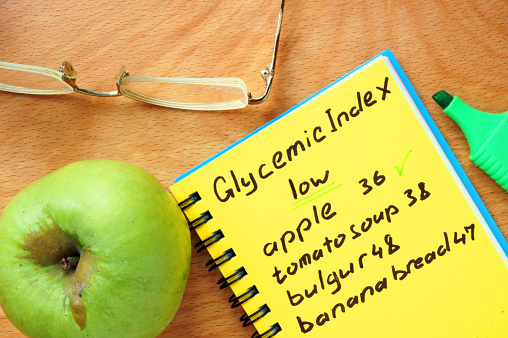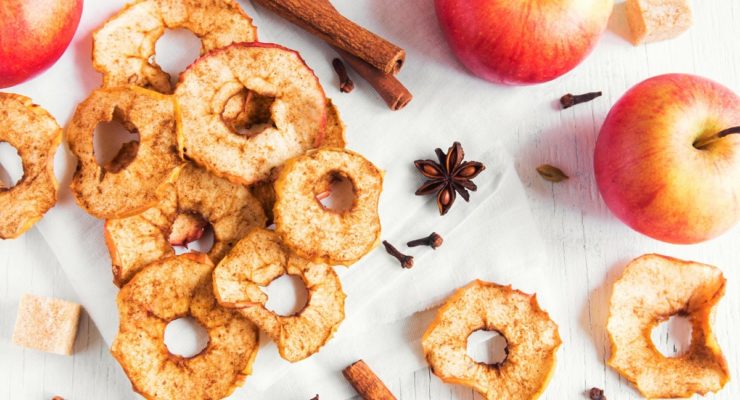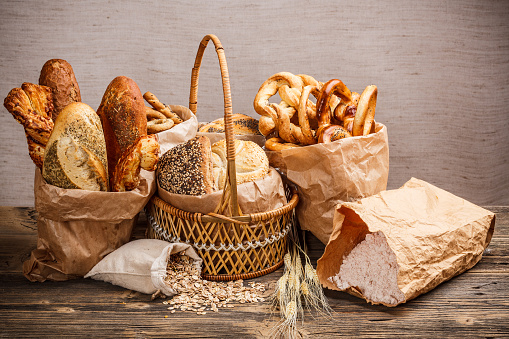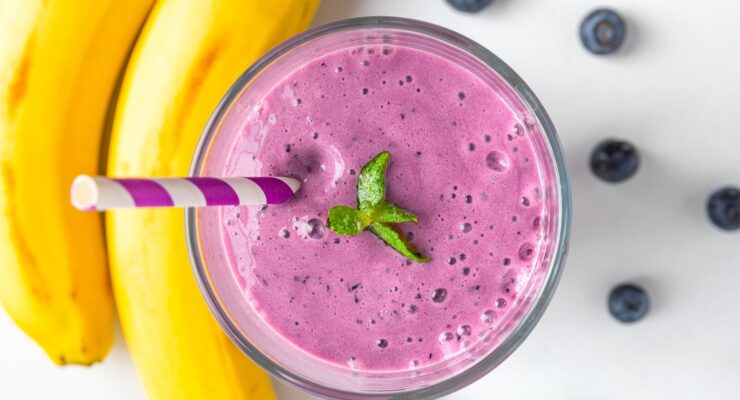The Glycemic Index Explained
Article posted in: Diet & Nutrition
Thought all carbs were created equal? Not exactly. The Glycemic Index (GI) is a measurement system that ranks carbohydrate-containing foods on a scale of 1 to 100 based on their effect on blood sugar levels. With this system, you can compare the quality of carbohydrates in various foods, and ultimately opt for a low-GI diet which has been linked to losing or maintaining weight, and decreasing the risk of developing conditions like diabetes, cardiovascular disease and even certain cancers.
Carbohydrates that break down slowly encourage stable blood sugar levels, so they rate “low” on the Glycemic Index. The slow and steady breakdown of low glycemic carbs helps to sustain energy levels and promotes a greater feeling of fullness.
On the other hand, carbohydrates that breakdown quickly cause your blood sugar levels to rapidly spike and crash, so the carbs rate “high” on the Glycemic Index. The rapid spikes in blood sugar levels from high glycemic carbs leave your body primed to store fat, while the crashes that follow leave you tired and hungry.
Foods high in protein, fat or fiber typically have a lower Glycemic Index. Foods high in refined carbs and sugar have a higher glycemic value. Foods that contain no carbs (meat, herbs, spices and oils) do not have a glycemic value because of their minimal impact on blood sugar levels.
Know the Scale
On the 1 to 100 scale that the GI utilizes, foods that quickly raise blood glucose levels are assigned a higher number than those that raise levels more slowly. As you may already know, it’s important to avoid those spikes—and not just because they are almost always followed by a huge dip in blood sugar. The body’s natural response to a blood sugar spike is to produce more insulin—a hormone that helps usher sugar into your cells for energy usage or, when there’s excess, to be stored as fat.
But sticking to low- (0-55) and medium- (56-69) GI foods will help prevent those spikes and keep blood sugar levels stable. Foods that are considered high GI are those with a ranking of 70 or greater. Common culprits include white bread, baked goods, potatoes, pretzels, soda and sugary cereal.
Go Low
In order to maintain a healthy diet, it’s important to opt for foods that are low or medium on the index. Examples of low-GI foods include kidney beans, apples, carrot sticks and hummus. Because of their sugar content, many fruits end up on the medium list, but are still healthy additions to a diet in an appropriate serving size. Medium GI foods include bananas, grapes, raisins, brown rice and beets.
Eating a low-GI diet appears to have a number of benefits. In a study, published in the Journal of the American Medical Association, researchers compared three popular diets (low-carb, low-GI and low-fat) with low-GI coming out as the top performer. Study participants on a low-GI diet burned approximately 125 more calories per day compared to the low-fat diet. And though the low-carb diet had a better effect on metabolism in the short-term, it produced the highest level of cortisol, a stress hormone that has been linked to weight gain. Researchers determined the low-GI diet was a happy medium—helping to stabilize blood sugar and burn calories.
Make Simple Swaps
Breakfast tends to be a meal that is traditionally high in carbs—white toast, bagels, sugary cereal and even juice are common breakfast choices that start your day with a big blood sugar spike. Instead, opt for low- or medium-GI breakfast foods such as whole grain bread, oats or whole fruit, and you’ll be left feeling fuller, longer. Lunch can go awry with a sandwich or pizza. Instead opt for breadless, high-protein choices like lettuce wraps filled with a few slices of turkey, a scoop of tuna, or egg and avocado salad. This is also a great time for a salad filled with low-GI raw veggies and some lean protein. At dinner, if your typical side is a baked potato or rice, try swapping those high-GI foods for steamed vegetables or a whole grain like quinoa. At first it may seem daunting, but thinking of these dietary changes as simple switches at each meal can make it feel a lot more doable.
If you’re looking to lose weight, you should minimize high glycemic carbs and instead, seek to incorporate more lower glycemic options into your diet to help keep your blood sugar levels stable and your appetite in check. The Nutrisystem weight loss program integrates the science of the Glycemic Index. With the recommended combination of low to medium glycemic grocery items and the high protein, high fiber Nutrisystem meal plan, we do the work for you.












